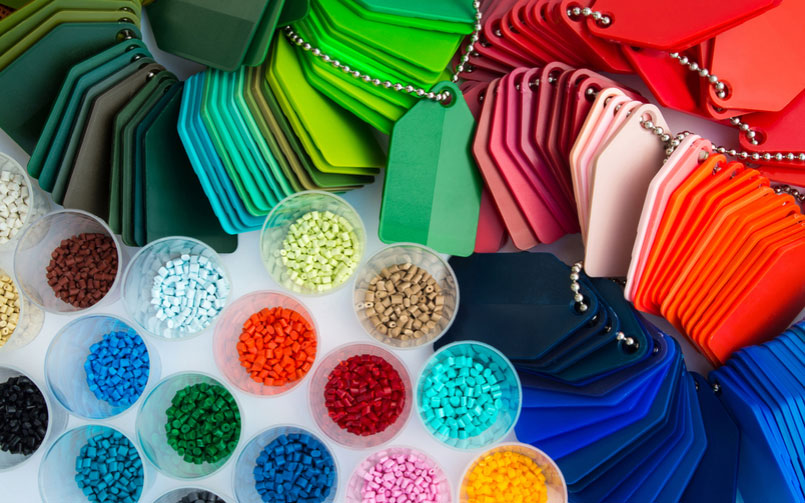A quality planter mold is key to a durable and flawless planter. Any scratches or deformities in molds can transfer onto castings, resulting in flawed products. We have a variety of in-house molds, and can custom create molds of all shapes and sizes to fit your brand, style, or color scheme. From unique color variations to faux stone and graphic prints, we offer a variety of customizable planter options. Not all molds are created equal. In fact, there is a specific process to create sustainable and long lasting molds that produce solid castings.
It’s not just the design and construction of molds, storage and maintenance are equally important for long lasting molds. Molds are sensitive to the elements and must be properly cared for to ensure their longevity. Issues with planters often originate with the molds used to manufacture them, that’s why it’s so important that quality planter molds are utilized.
How Long Can You Use a Planter Mold For?
When properly cared for and maintained, one mold can be used for years. In fact, one mold can be used to create 7,000 to 8,000 castings before it requires any serious maintenance or repairs. In fact, some of our original RotoCast molds from the 1970s are still used in production today. The only reason this is possible is because of the attention to detail we place on storing and maintaining molds. If you order a custom mold from us, rest assured, we take all necessary precautions to store the mold when it is not in use, and to protect the mold when it is in use.
Creating the Perfect Mold for Planters
Our unique TerraCast molds are created with a process known as rotational molding. They can be made using unique metals or rolling, bending, and welding sheet metal. Molds are made from soft aluminum, and we exercise caution to ensure molds are not damaged at any part of the process. Aluminum alloys framed by cast iron or stainless steel are fitted with clips that can attach to different molding machines. One style is the cage framework, which latches onto the machine arms for manipulation near the ovens. This design actively shields molds against damages caused by falling or getting hit by something. Impact is absorbed by the frame cage so that the mold maintains its shape.
You want to prevent water from getting into molds because moisture electrifies aluminum and creates small holes (porosity) that contribute to casting imperfections and the potential for explosions in the oven. Additionally, extra precautions must be taken to prevent a mold from being improperly sealed. Any gaps in sealing allow powdered resin to escape, thus preventing the final product from proper formation. If a mold is damaged by cracks or scrapes, these imperfections will transfer onto the planter castings. Thus, causing each piece to have a scar.
Molds can weigh 60 pounds or as much as 800 pounds. Their costs vary significantly too—ranging from $6k to over $50k. It all depends on the detail, size, and overall complexity of the mold.
Proper Storage of Planter Molds
While the planters made from a mold can be incredibly resistant to the elements, the molds themselves are rather sensitive. One mold can be reused again and again if properly stored and cared for.
Without proper care, molds are highly susceptible to damages. That’s why we take special care in storing our molds. Molds must be stored inside at proper temperatures, as molds left outside are prone to rusting and corroding. Molds cannot be stacked inside one another. We store molds in specially designed racks in what we call our “mold yard,” a 280,000-square foot warehouse. Clamshell fastenings are applied to prevent moisture from entering molds and causing damage.
Molds that are in production are on an annual maintenance schedule in which they are taken out of production and undergo an inspection. Inspectors check for imperfections, drill out porosity, and fill repair sites with molten aluminum. Seams are sanded out and the mold is prepped to go back into production.
The History & Future of Molds
In the past, molds were made by metal workers who worked in foundries casting molds into a black sand powder so that a casting could be formed from the aluminum portion. Molten aluminum was poured into the sand casting where it would harden given time. From there, the sand portion was broken off, leaving the hardened aluminum mold. Large molds were constructed in pieces that would be welded together and fit into the outer framework cage.
The creation of molds has come a long way since then. Today, we rely on CAD drawings and CNC routers to extract exact plug-in parts to create a mold. This removes the risk of human error. The creation of molds continues to evolve with technical advancements, such as 3-D printing. We vow to remain at the forefront of the latest changes to provide superior molds and superior planters.

